Table of Contents
Live games are continuously evolving titles that receive regular content updates, events, and gameplay improvements after their initial release. These games foster long-term player engagement and community interaction. Game development companies are increasingly investing in living games to build loyal user bases and extend product lifecycles through ongoing narratives, seasonal updates, and real-time player feedback integration.
The concept of “games as a service” (GaaS) has evolved well beyond its early days, now encompassing not just the hardware required to play but also innovative monetization strategies that keep players engaged over the long term. GaaS enables ongoing revenue generation for PC and console games through models like subscriptions, in-game purchases, and free-to-play approaches, all supported by continuous content updates and robust community management. Today, the global gaming as a service market is valued at approximately $4.91 billion (2024) and is projected to grow at a remarkable CAGR of 24.9% through 2030, reaching nearly $18.82 billion
Unlike traditional games that are purchased once and played in a static form, GaaS titles are dynamic and ever-evolving. Developers, often working with a game design company, provide regular updates, fresh content, and new features to keep the experience engaging. This “live” approach is a key reason why in-game purchases, expected to reach $296.8 billion by 2027, have become the dominant revenue stream, with microtransactions for cosmetic items, character upgrades, and exclusive content driving sustained player spending.
The benefits of game as a service extend to both players and studios. For players, GaaS offers an endless stream of new experiences and social interactions, while studios enjoy more predictable revenue and opportunities for deeper player engagement. The rise of cloud gaming platforms such as NVIDIA GeForce Now and Google Stadia has further accelerated the adoption of GaaS, making high-quality gaming accessible without expensive hardware. In 2025, the cloud gaming market is estimated to reach $9.32 billion, with forecasts suggesting it could soar to $159.24 billion by 2032, thanks to advancements in 5G and global internet infrastructure.
Despite this rapid growth, some challenges remain. Many regions still lack ubiquitous high-speed internet, and not all players are ready to give up game ownership in favor of streaming or subscription models. This is why, even as the subscription segment captured the largest market share in 2024, accounting for a significant portion of GaaS revenue, traditional paid games and hybrid monetization models continue to thrive. For studios aiming to maximize engagement, it’s increasingly common to hire live ops specialists, experts dedicated to managing in-game events, balancing economies, and fostering vibrant player communities.
Industry leaders like Ubisoft’s Yves Guillemot predict that cloud gaming will eventually become the most reliable and convenient way to play, eliminating the need for dedicated consoles or gaming PCs. This shift will benefit both established platforms and emerging game design companies, as the focus moves towards delivering seamless, device-agnostic experiences. As the market matures, collaborations between cloud providers and creative studios, often facilitated through game development outsourcing, are expected to fuel the next wave of innovation in GaaS.
With over 3 billion players worldwide and industry revenues surpassing $184 billion in 2024, the future of gaming is increasingly service-oriented, social, and cloud-powered, setting the stage for continued growth and creative evolution in the years ahead
The rise of Games as a Service (GaaS) rises from the success of free-to-play models. These games began generating revenue through microtransactions, players buying in-game items, cosmetics, or upgrades to enhance their experience. This model proved highly effective in extending a game’s life cycle beyond launch.
To further support ongoing development, many studios introduced low-cost monthly subscriptions. These offered steady revenue streams, enabling continuous updates, expansions, and even funding for future projects.
With the advent of live service game development, game development studios now focus on delivering evolving game worlds. Regular updates, seasonal events, and fresh content keep players engaged and invested long after release.
Cloud gaming is playing a significant role, when it comes to Games as a Service (GaaS) model, enabling high-end game experiences on everyday devices. By utilizing remote servers to process and stream games, it removes the need for powerful local hardware. Here’s how cloud gaming supports and enhances the GaaS ecosystem:
1. Accessibility
Cloud gaming significantly broadens access by removing the need for expensive devices. Now, players can enjoy even AAA titles on smartphones, a major advantage for mobile game development.
2. Instant Play
With cloud infrastructure, there’s no waiting for downloads or installations. Games are playable within seconds, streamlining user onboarding and making it easier for game development companies to reach and retain players.
3. Cross-Platform Play
Players on PCs, consoles, or mobile can play together seamlessly. This unified experience benefits game-as-a service companies aiming to build large, connected user bases across platforms.
4. Scalability
Developers can dynamically scale resources during peak periods like major updates or seasonal events. This flexibility often motivates studios to opt for game development outsourcing to meet rapid content demands.
5. Hardware-Free Upgrades
Game visuals and performance continually improve, with no burden on players to upgrade their systems, cloud servers handle it all.
6. Lower Entry Barriers
Subscription or freemium models make gaming more financially accessible, aligning perfectly with GaaS revenue strategies focused on microtransactions and continued player engagement.
7. Diverse Content Delivery
From blockbuster franchises to indie gems, cloud gaming platforms can host a wide range of titles, giving players the freedom to explore without individual purchases.
8. Game Streaming and Remote Play
Gamers can stream their sessions directly to platforms like Twitch or YouTube and play remotely when away from home, expanding engagement and visibility.
9. Democratization of Game Development
Cloud platforms reduce the cost of entry for indie studios, empowering global creators to publish without the need for costly infrastructure or wide physical distribution.
As the cloud gaming industry matures, it strengthens the GaaS model, offering players convenience and developers powerful tools to innovate and scale.
Games-as-a-Service (GaaS) continues to change into a big model that adapts to emerging technologies, shifting player behaviors, and industry innovations. The future of GaaS lies in creating more immersive, inclusive, and engaging experiences across platforms. Here’s a look at the key trends set to shape its next evolution:
Seamless Cross-Platform Play: The barriers between consoles, PC, and mobile are rapidly dissolving. Cross-platform compatibility is becoming a GaaS standard, letting friends connect and compete regardless of device.
Blockchain & Digital Ownership: The integration of blockchain and NFTs is opening new doors in player ownership. Unique, tradable in-game assets and tokenized rewards are redefining monetization and engagement.
User-Created Content: Empowering players to design their own skins, maps, and mods not only enhances creativity but also extends a game’s lifespan through organic community-driven content.
Persistent Live Services: Frequent content drops, in-game events, and evolving narratives are keeping players invested. The live-service model is now the backbone of long-term player retention.
Personalized Experiences with AI: AI-driven gameplay personalization is tailoring in-game experiences to player behavior, from mission suggestions to in-game shop recommendations, making each session feel uniquely tailored.
Sustainable Gaming Practices: Environmental concerns are driving studios to explore greener solutions. Expect GaaS providers to optimize servers and operations with sustainability in mind.
Fair & Transparent Monetization: With growing regulation, ethical monetization is a must. Studios are prioritizing transparency around loot boxes, spending limits, and fair value offerings to protect players.
Revival of Classic Titles: Nostalgia is powerful. Reviving retro and legacy games within GaaS platforms taps into a wide demographic of gamers eager to revisit past favorites on modern systems.
Stronger Community Bonds: Forums, social media, and in-game social events are becoming central to a game’s success. Building active, loyal communities is now as vital as gameplay itself.
Accessibility & Inclusion: Making games playable for all, including those with disabilities, is no longer optional. GaaS developers are focusing on creating adaptive, inclusive experiences from the ground up.
Since its explosive debut in 2017, Fortnite by Epic Games has become a textbook example of a successful game-as-a-service. Operating on a free-to-play (F2P) model, it pulls players in with regularly released content updates, including seasonal events every three months. By 2020, it had amassed 350 million players who spent more than 3 billion collective hours in-game. Revenue-wise, Fortnite generated over $1.2 billion that same year, powered primarily by microtransactions from cosmetic items, battle passes, and emotes.
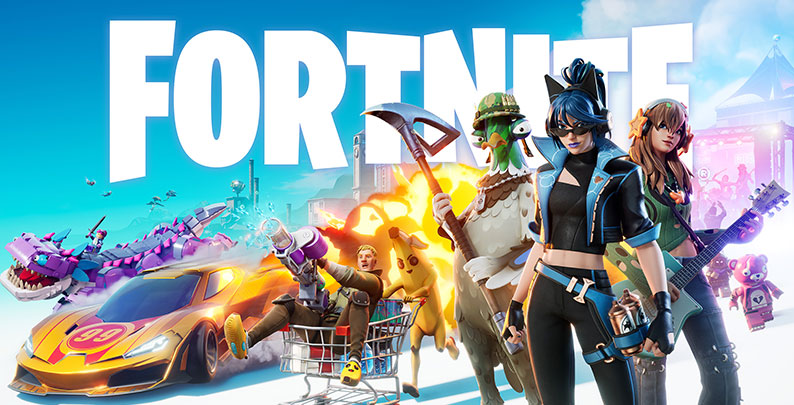
Blizzard Entertainment’s World of Warcraft (WoW) revolutionized the gaming space when it launched in 2004 by popularizing the monthly subscription model. The game’s strength lies in its vast multiplayer universe and a loyal, long-term community. By December 2020, WoW had raked in over $8 billion in total revenue, making it one of the most lucrative GaaS titles of all time. Although the last official player count in 2015 stood at 5.5 million, its ecosystem remains one of the most influential in MMO history.
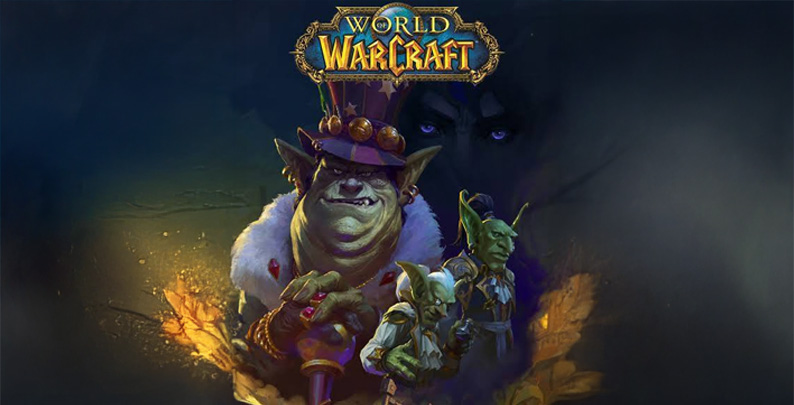
King’s Candy Crush Saga turned casual gaming into a powerhouse with its incredibly effective freemium model. Initially released as a browser game in 2012, it quickly transitioned to mobile, attracting over 93 million players within two years. By 2014, the game had already earned the company around $493 million. With over 2.7 billion downloads as of 2017, Candy Crush remains one of the highest-grossing mobile games, consistently driving revenue through microtransactions for power-ups and extra lives.

Launched in 2016, Niantic’s Pokémon GO combined augmented reality with a clever F2P monetization strategy. Players can purchase Pokécoins, the in-game currency, to buy storage upgrades, item bundles, and event passes. The model encourages repeat engagement as player collections grow over time. Within the first four days of release, Pokémon GO grossed $14 million. As of 2021, it surpassed $5 billion in lifetime revenue, with consistent monthly engagement from tens of thousands of players worldwide.
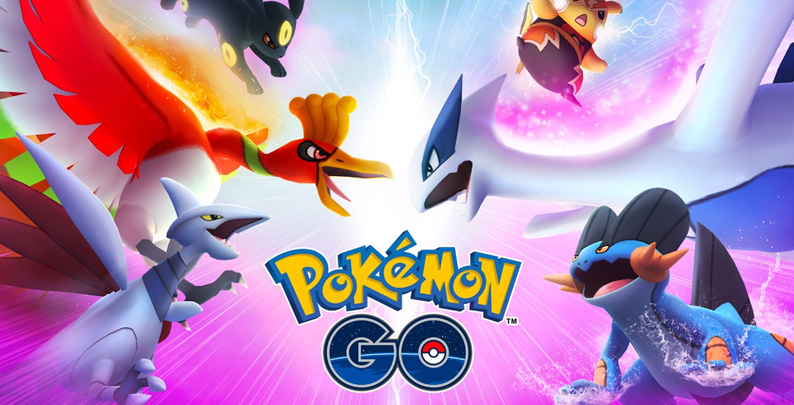
A prime example of early Games as a Service (GaaS) models, Dragon Eternity is a cross-platform MMORPG developed by Q1 and launched by Game Insight in 2011. The game spans across iOS, Android, Facebook, and browser platforms. Using a free-to-play approach, it continuously evolves with new features, quests, and seasonal content, demonstrating how browser and mobile games can sustain long-term engagement through live updates.
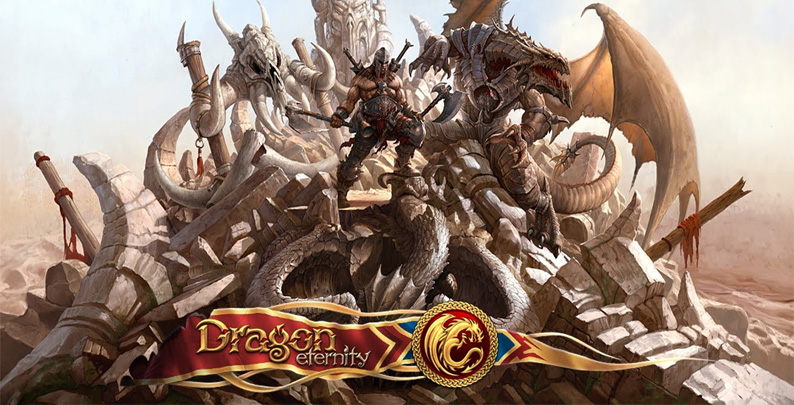
Released by Riot Games in 2009, League of Legends (LoL) has become a benchmark in real-time strategy and RPG gaming. Available on Windows and macOS, it operates entirely on a free-to-play model. The game’s success lies in its microtransaction-based monetization, bringing in nearly $946 million in 2014 alone. In 2016, seven years post-launch, LoL generated $1.7 billion, making it the highest-earning PC game for three consecutive years. With a player base of 115 million monthly users as of 2020, it stands as a pinnacle example of the GaaS model at scale.
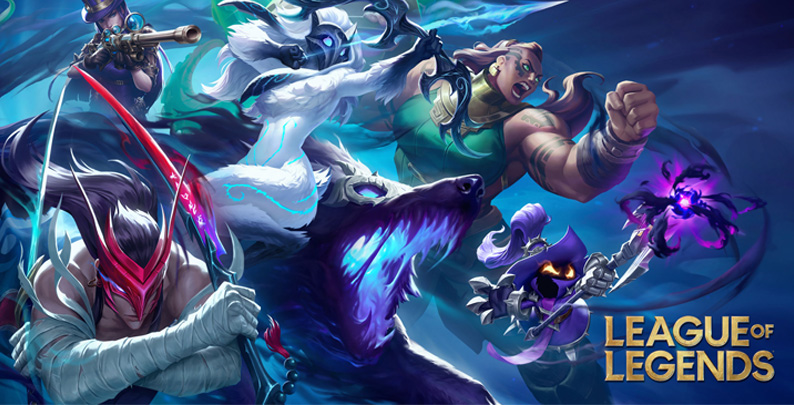
Valve’s Dota 2, released in 2010, exemplifies a sustainable GaaS model through its strategic monetization. Completely free to play, the game thrives on in-game purchases like loot boxes and the Dota Plus subscription. In 2018, Valve deepened its live-service commitment by integrating major updates and premium battle passes. These enhancements have helped Dota 2 remain one of the most played and watched eSports titles globally, balancing accessibility with long-term profitability.
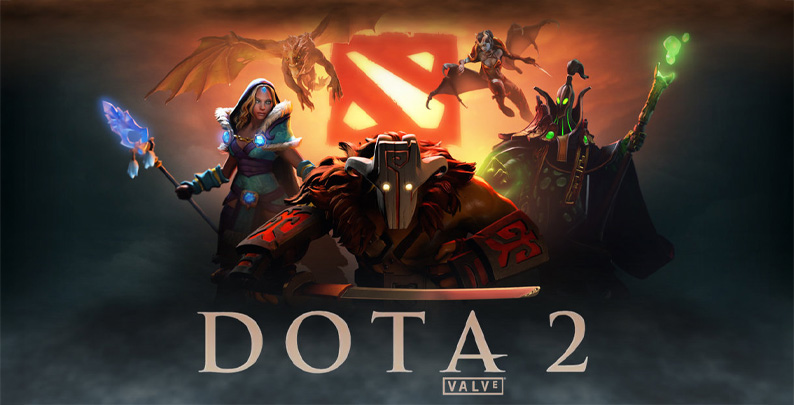
CD Projekt RED’s The Witcher 3: Wild Hunt, launched in 2015, represents a hybrid model of traditional single-player RPGs with GaaS-inspired content strategies. While the game itself was a one-time purchase, the developers offered 16 free DLCs post-launch, followed by two expansive paid expansions. These additions, woven into the game’s lore, enriched its universe without relying on microtransactions. By 2020, the game had sold over 28 million copies globally, and a resurgence driven by the Netflix series led to a 554% sales spike in December 2019 alone.
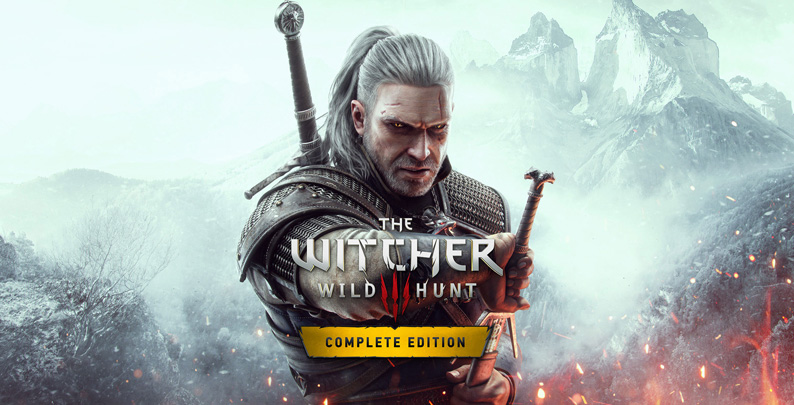
In the age of live service game development, success depends on more than just launch, it’s about longevity. At Juego Studios, we specialize in crafting dynamic GaaS ecosystems that evolve with your players. From scalable content updates and live events to monetization systems and backend architecture, we support every phase of your game’s lifecycle. Whether you’re a studio looking to pivot or scale, or seeking full-service GaaS execution, our experts blend tech, creativity, and data-driven design to deliver impactful, revenue-generating live experiences. With Juego, your game doesn’t just release, it thrives.
As the gaming landscape shifts toward service-driven experiences, studios must evolve beyond one-time releases. Juego Studios empowers this transformation by delivering end-to-end GaaS solutions, from live content and monetization to scalable backend systems. With our expertise, your game becomes a living ecosystem that adapts, engages, and thrives in today’s dynamic market.
Game developers can maximize player engagement through in-game events by aligning them with player interests, gameplay loops, and progression systems. Effective event design includes limited-time challenges, exclusive rewards, narrative-driven quests, and leaderboard-based competitions to spark urgency and community interaction. Leveraging player data helps tailor events to specific segments, boosting participation. Integrating events seamlessly into the core game ensures minimal disruption while enhancing immersion. Regular updates, themed content, and surprise elements keep experiences fresh. Collaborating with LiveOps teams ensures smooth execution and timely feedback integration. Ultimately, successful events create value, deepen emotional investment, and drive long-term retention within a live service model.
While Game-as-a-Service (GaaS) models are redefining how players experience games globally, their success heavily depends on reliable internet infrastructure.
Major Challenges in Regions with Limited Internet Infrastructure
To ensure GaaS growth in underconnected regions, game development companies and game-as-a-service companies must innovate lightweight experiences, invest in server localization, and consider hybrid models.
A game development company like Juego Studios can help your studio build a successful Game-as-a-Service (GaaS) title by offering end-to-end support, from initial concept to post-launch live operations. We design scalable architectures, integrate monetization systems, and create engaging live content to ensure long-term player retention. Our team handles regular updates, backend stability, and analytics-driven iteration, helping you respond to player feedback in real time. With expertise in live ops, cross-platform support, and community engagement, Juego Studios transforms your game into a dynamic, revenue-generating ecosystem. Whether you need full-cycle development or live-service integration, we deliver the tools and strategies your GaaS title needs to thrive.
Managing free-to-play games presents several complex challenges that require constant attention, strategic planning, and data-driven decision-making to maintain player satisfaction and profitability.
Success depends on balancing monetization with fairness, sustaining engagement, and adapting content based on real-time analytics and player feedback.
Common monetization pitfalls in live service games include over-reliance on microtransactions, pay-to-win mechanics, lack of content-value alignment, and poor communication around pricing. These mistakes can erode player trust, damage retention, and harm long-term revenue. It’s crucial to balance monetization with fair gameplay, offer meaningful purchases, and integrate monetization into player progression naturally. At Juego Studios, we help developers avoid these traps by designing ethical, player-first monetization strategies rooted in behavioral insights and data. From battle pass structures to cosmetic economies, we ensure your live service game maximizes revenue without compromising engagement or player satisfaction. Monetize smart, retain better.
Game development companies can harness AI and cloud technologies to elevate live games into scalable, intelligent ecosystems. AI enables personalized experiences through adaptive gameplay, predictive analytics, and real-time moderation, while cloud infrastructure ensures seamless content delivery, cross-platform play, and global scalability. At Juego Studios, we specialize in integrating these technologies into live game development, crafting dynamic worlds with automated live ops, real-time event orchestration, and intelligent player engagement systems. By leveraging AI and cloud together, studios can reduce latency, optimize performance, and deliver always-on, data-driven experiences that evolve with their communities. With Juego, your live game becomes truly future-ready.
Converting a traditional game into a Game-as-a-Service (GaaS) model involves several cost factors, depending on the game’s scope, features, and live service needs:
| Component | Estimated Cost Range | Notes |
| Live Ops Setup | $10,000 – $50,000 | Includes infrastructure for events, updates, and patching |
| Backend & Server Architecture | $15,000 – $100,000+ | Depends on scale, concurrency, and cloud integration |
| Monetization System Integration | $5,000 – $25,000 | In-app purchases, subscription models, microtransaction frameworks |
| UI/UX for Live Content | $3,000 – $20,000 | Real-time content interfaces and seasonal pass systems |
| Community & Player Engagement | $5,000 – $30,000 | Tools for chat, feedback, loyalty systems, and moderation |
| Analytics & Telemetry Systems | $5,000 – $15,000/month | For continuous updates and bug fixes |
| Content Pipeline & Updates | $10,000 – $50,000/month | New assets, features, events, and live narrative expansions |
These costs can vary based on game complexity and audience size. Juego Studios offers flexible GaaS solutions tailored to your game’s goals and budget.